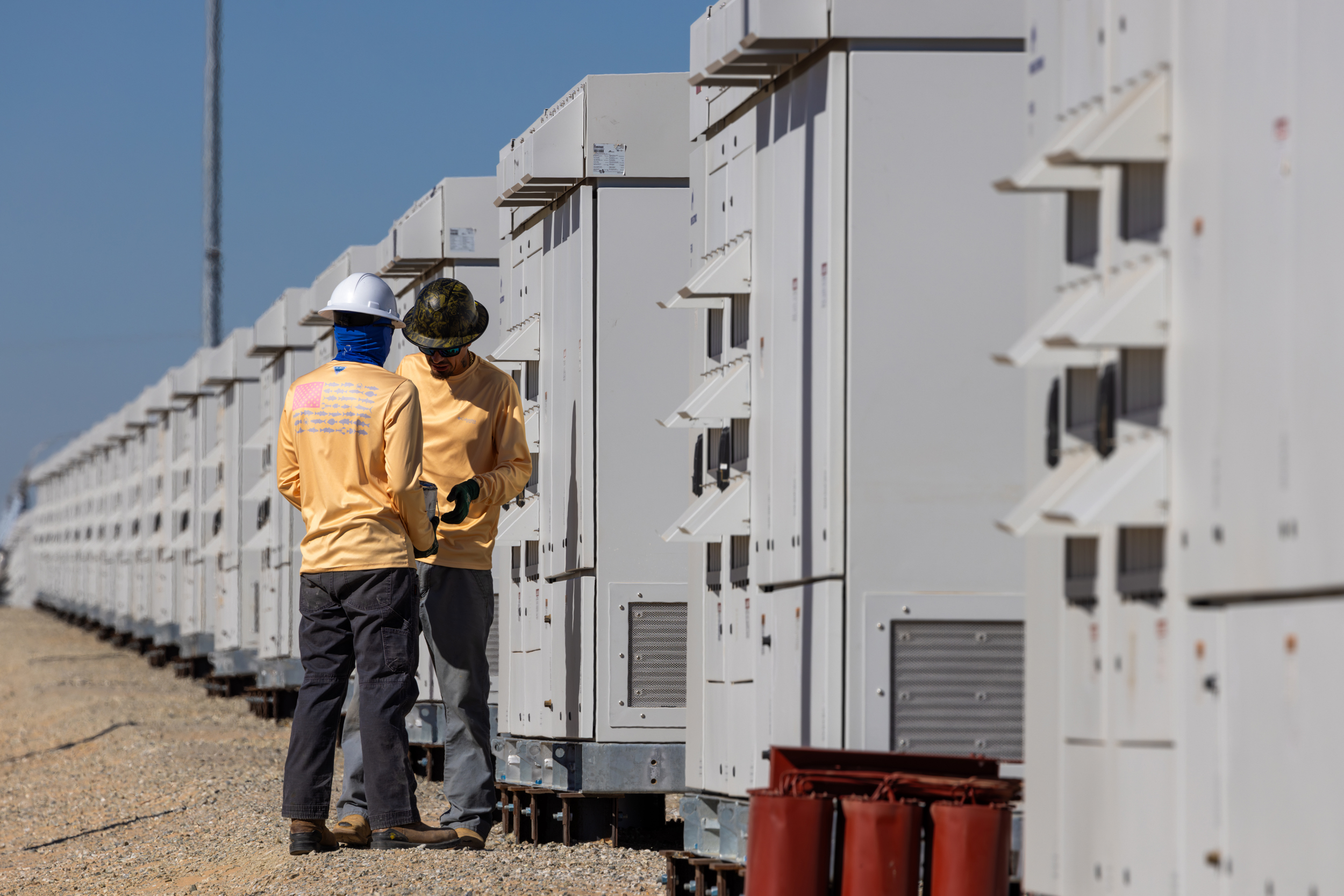PJM Interconnection, the electric grid operator for 13 Mid-Atlantic and Midwest states and the District of Columbia, announced its capacity price on Tuesday for the upcoming service year at $329.17 per megawatt-day, hitting the price ceiling it set for the next two years. Analysts said the price was indicative of a region struggling to secure enough affordable power as demand surges and clean energy projects remain stuck in the interconnection queue.
The capacity price next year is 21.9 percent higher than the already record-high price of $269.92 per megawatt-day this year. PJM said it would mean an increase of about 1.5 to 5 percent in customers’ bills, depending on their area. It will affect electricity prices next year from June 2026 to May 2027 in all or parts of Delaware, Illinois, Indiana, Kentucky, Maryland, Michigan, New Jersey, North Carolina, Ohio, Pennsylvania, Tennessee, Virginia, West Virginia and the District of Columbia.
The capacity price is what ratepayers pay for having electricity be available all the time, especially when the grid is stressed with high demand like during a heatwave.
To keep electricity available even during these high-demand days, PJM holds an auction for large-scale energy generators and consumers to offer energy-generating or energy-saving measures. PJM pays them, with the price reflected on PJM ratepayers’ electricity bills as the capacity price.
Total capacity costs for PJM consumers in the 2025 capacity auction surged to $16.1 billion, up from $14.7 billion in the 2024 auction.
PJM set the price ceiling after it faced a complaint from Pennsylvania Gov. Josh Shapiro in late 2024. Concerned about the continuous growth of capacity prices, Shapiro filed a complaint with the Federal Energy Regulatory Commission, alleging that PJM worked too slowly to put projects into the grid that it could cost PJM customers more than $20 billion in charges in the next two years.
This led to PJM agreeing with Shapiro to enforce a price ceiling and a price floor in the next two service years, up to May 2028. This “price collar” guaranteed that the capacity price would land in the 175$ to $325 band—a high range according to advocates and experts. (The final price did not overshoot the ceiling because when PJM finalized the auction, it adjusted the cap based on updated calculations, setting the final ceiling at $329.17.)
Experts and state officials attribute the rising capacity price to two strains on the grid: the explosion of power-hungry data centers across PJM’s 13-state coverage area and the slow interconnection of power-generating projects—most of which consist of renewable energy, primarily solar. The interconnection queue has also been closed since 2022, preventing new projects from joining the line to supply energy into the grid.
Taken together, the PJM region demands more energy but has not seen a growth in energy supply to match it. This deficit has pushed PJM into forging agreements with fossil-fired power plants for them to operate for a few years longer to add energy supply to the grid.
What can the states do now? They need to support projects through the PJM queue so they could add more energy into the system, said Abraham Silverman, an energy researcher with the Ralph O’Connor Sustainable Energy Institute at Johns Hopkins University.
“First is they need to focus on projects that are through the interconnection queue and are shovel ready. What can we do to get those projects deployed as fast as we possibly can? What are the local siting and permitting requirements? How can the states work with the developer to make sure that project comes online?” Silverman said.
As of July 22, 2025, there are about 2,025 projects in PJM’s queue, according to interconnection.fyi, a data site launched by two Silicon Valley software engineers. Of those, 1,213 are solar 132 are wind projects.
For New Jersey, which saw electricity price increases of about 20 percent, its Board of Public Utilities (BPU) is “trying to include all energy resources in the current market design,” said Commissioner Zenon Christodoulou.
This has shown up in the Garden State with its exploring of new nuclear power sources as an option, expanding its leading community solar program and adding more large-scale batteries to their system. However, payoffs for these projects will only manifest in years to come.
More immediately, both Silverman and Christodoulou said states could encourage residents and businesses to conserve electricity and invest in energy efficient upgrades to their homes and establishments.
“The cheapest and cleanest energy is the energy we don’t use. Taking control of our energy usage is a fundamental opportunity for each of us to help stabilize the energy market and save ourselves money,” said Christodoulou.
About This Story
Perhaps you noticed: This story, like all the news we publish, is free to read. That’s because Inside Climate News is a 501c3 nonprofit organization. We do not charge a subscription fee, lock our news behind a paywall, or clutter our website with ads. We make our news on climate and the environment freely available to you and anyone who wants it.
That’s not all. We also share our news for free with scores of other media organizations around the country. Many of them can’t afford to do environmental journalism of their own. We’ve built bureaus from coast to coast to report local stories, collaborate with local newsrooms and co-publish articles so that this vital work is shared as widely as possible.
Two of us launched ICN in 2007. Six years later we earned a Pulitzer Prize for National Reporting, and now we run the oldest and largest dedicated climate newsroom in the nation. We tell the story in all its complexity. We hold polluters accountable. We expose environmental injustice. We debunk misinformation. We scrutinize solutions and inspire action.
Donations from readers like you fund every aspect of what we do. If you don’t already, will you support our ongoing work, our reporting on the biggest crisis facing our planet, and help us reach even more readers in more places?
Please take a moment to make a tax-deductible donation. Every one of them makes a difference.
Thank you,

















